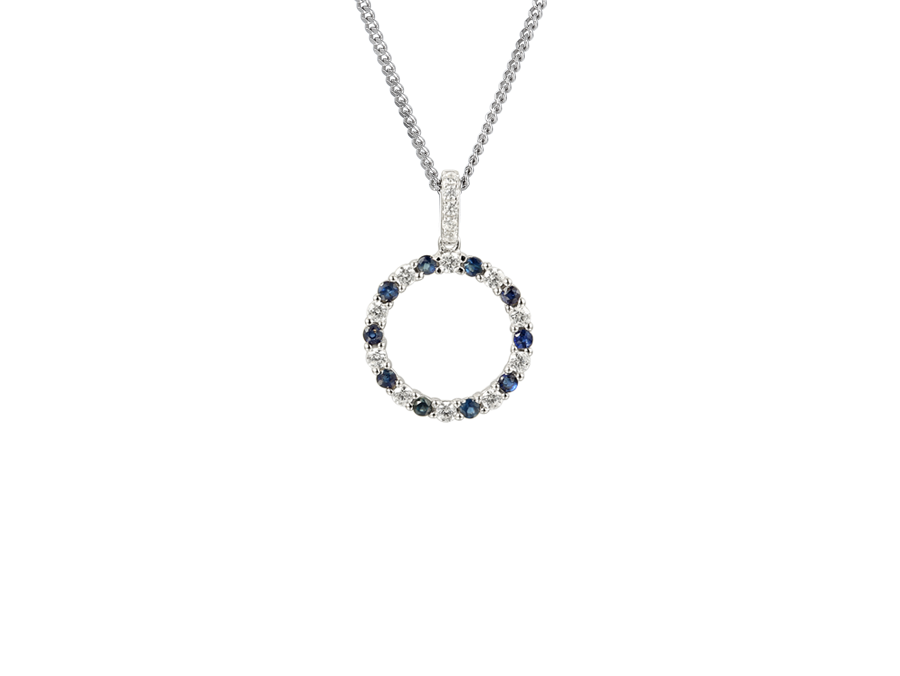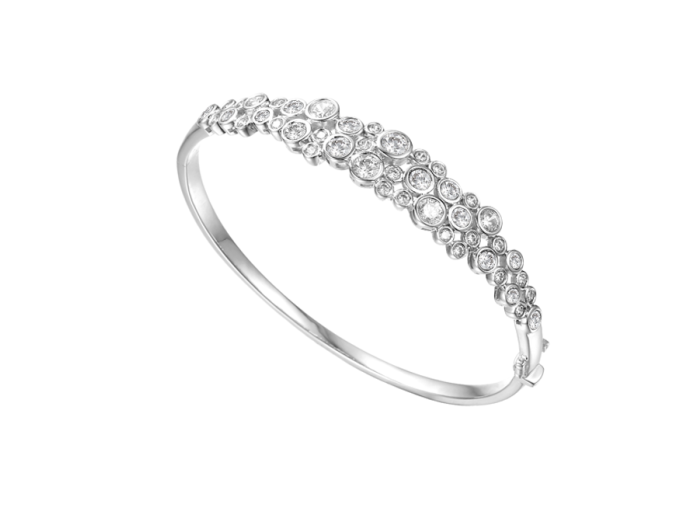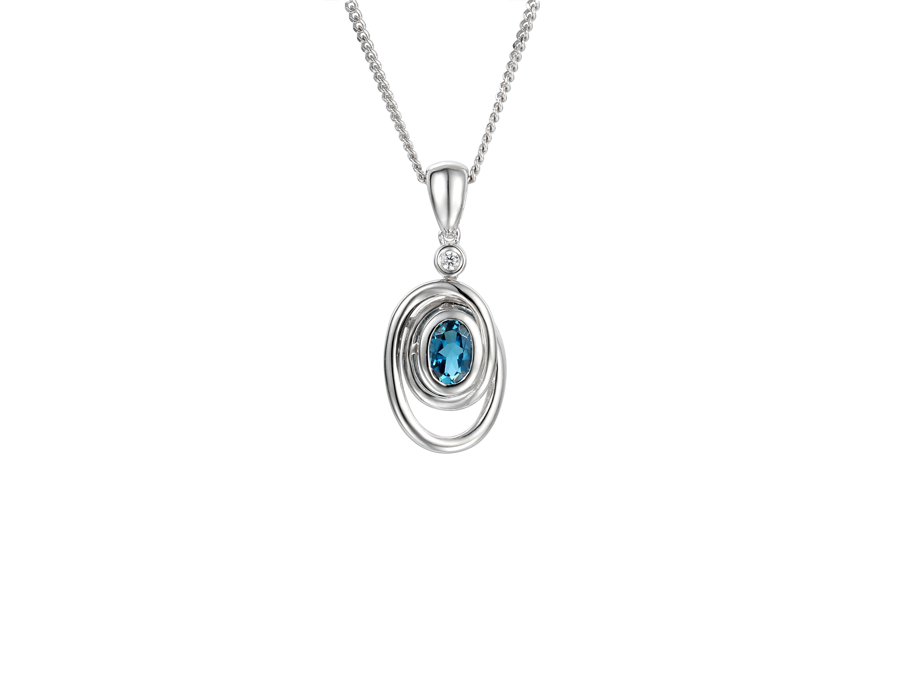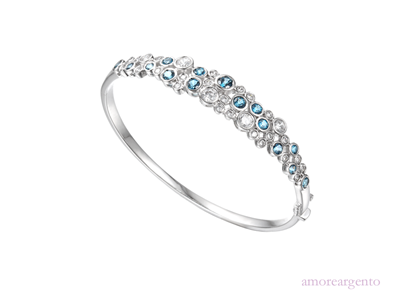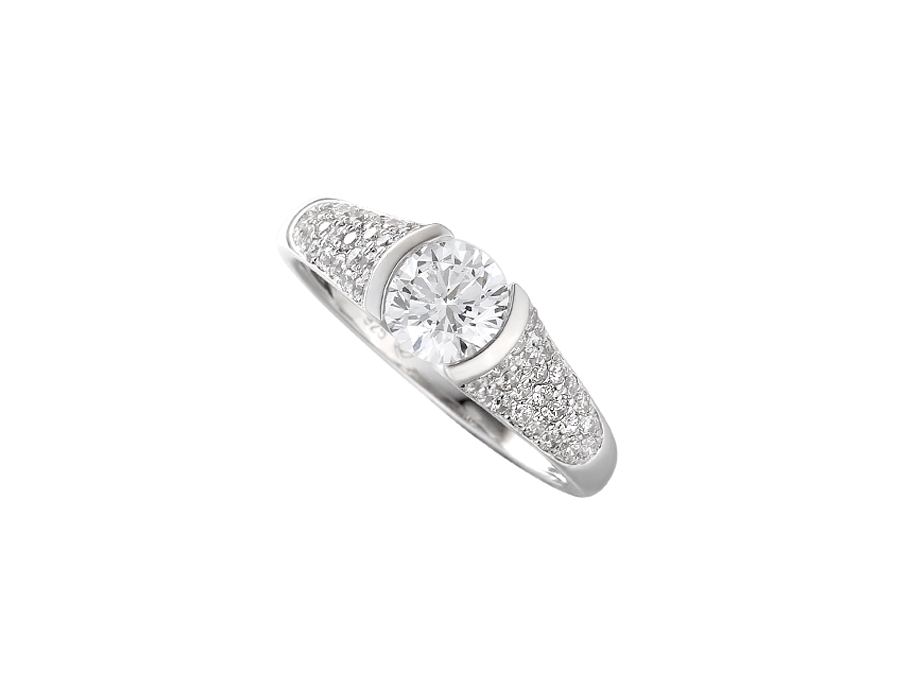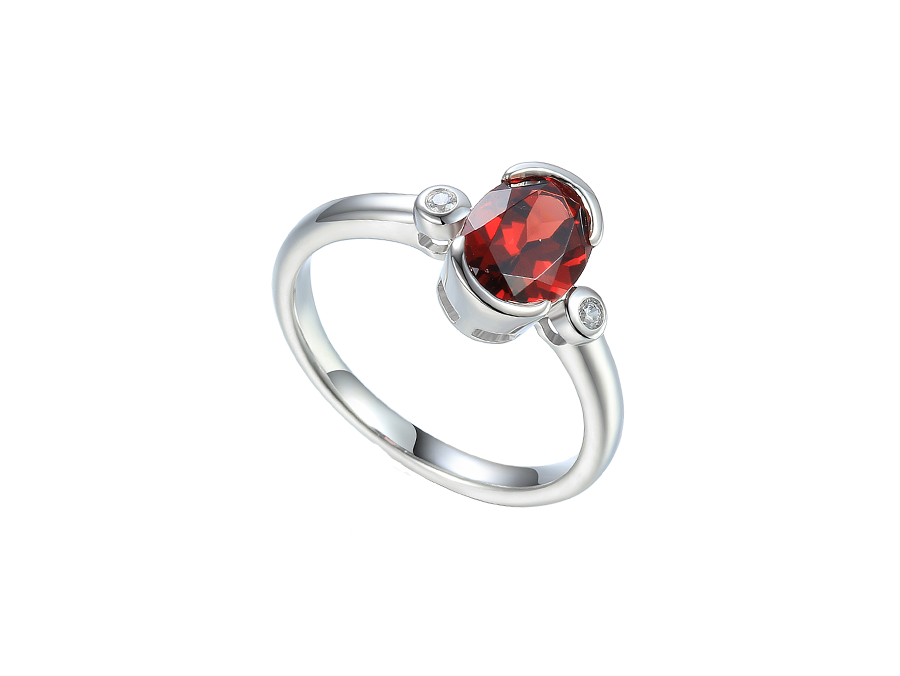We use cookies to make your experience better. To comply with the new e-Privacy directive, we need to ask for your consent to set the cookies. Learn more.
How To Keep Your Jewellery Looking As Good As New
Our jewellery stays looking new for many years’ thanks to the rhodium coating, which resists tarnishing and protects the sterling silver from damage and environmental wear and tear. That said, it is still important to look after your jewellery in order to get the best out of the protective coating and to keep it looking fabulous for decades.
With any jewellery it is a good idea to remove it before washing dishes, cleaning the house or bathing, so that detergents and cleaning agents don't damage the stones. Opals, pearls and emeralds are especially prone to chemical damage and they are softer than many other stones, so extra care should be taken with these. After a shower or bath ensure you use any moisturising creams, perfumes or make up well before you put your jewellery on, so it has time to sink into the skin and won't gum up or damage your finery. You should also avoid sleeping in jewellery, and always remove it before swimming or spending time at the beach – sunlight can fade stones while sand and pebbles can easily scratch your jewellery. Salt water can be corrosive, so never go in the sea with your jewellery on.
After wearing any piece of jewellery it should be put away safely and not in contact with other pieces; untangling necklace chains is a pain at the best of times, but this is also how accidental damage occurs. A jewellery roll which keeps a layer of soft fabric between each piece is ideal, or a box with several compartments for keeping pieces separate. Using a jewellery cleaning solution each time it is worn is unnecessary but wiping each piece with our heart shaped polishing cloth after long periods of wear will remove sweat and other pollutants from the jewellery before it is stored.
When removing jewellery be gentle and don't yank at the stones on rings or studs – instead remove rings by holding each side of the ring rather than pulling on the setting. Necklaces can easily get tangled in hair so take care when undoing clasps that you don't pull them out of your hair – it's painful and it can damage the chain. The same goes for bracelets – try not to put too much tension on the chain when undoing the clasp. When removing earrings don't pull on the stone, instead remove the backing and push the post through your ear so it can be easily slid out from the front.
If you think a stone is coming loose don't try to superglue it back in, always take it to a jeweller who can repair it properly and give it a good clean at the same time. If you're not totally confident in cleaning your jewellery, then do avail yourself of the services of a professional jeweller who can clean your pieces properly, using the correct solutions for each stone – it's not quite as simple as a one-size-fits-all cleaning solution, as some stones can be damaged by cleaners that don't affect other, harder stones.
If you take care of your jewellery you'll be able to enjoy it at its best for many years to come and pass it down to the next generations in excellent condition.
March 17, 2020
|
View: 196
|
Categories: Jewellery
|
By: <a class="mp-info" href="https://www.amoreargento.co.uk/blog/author/admin.html">Admin</a>








